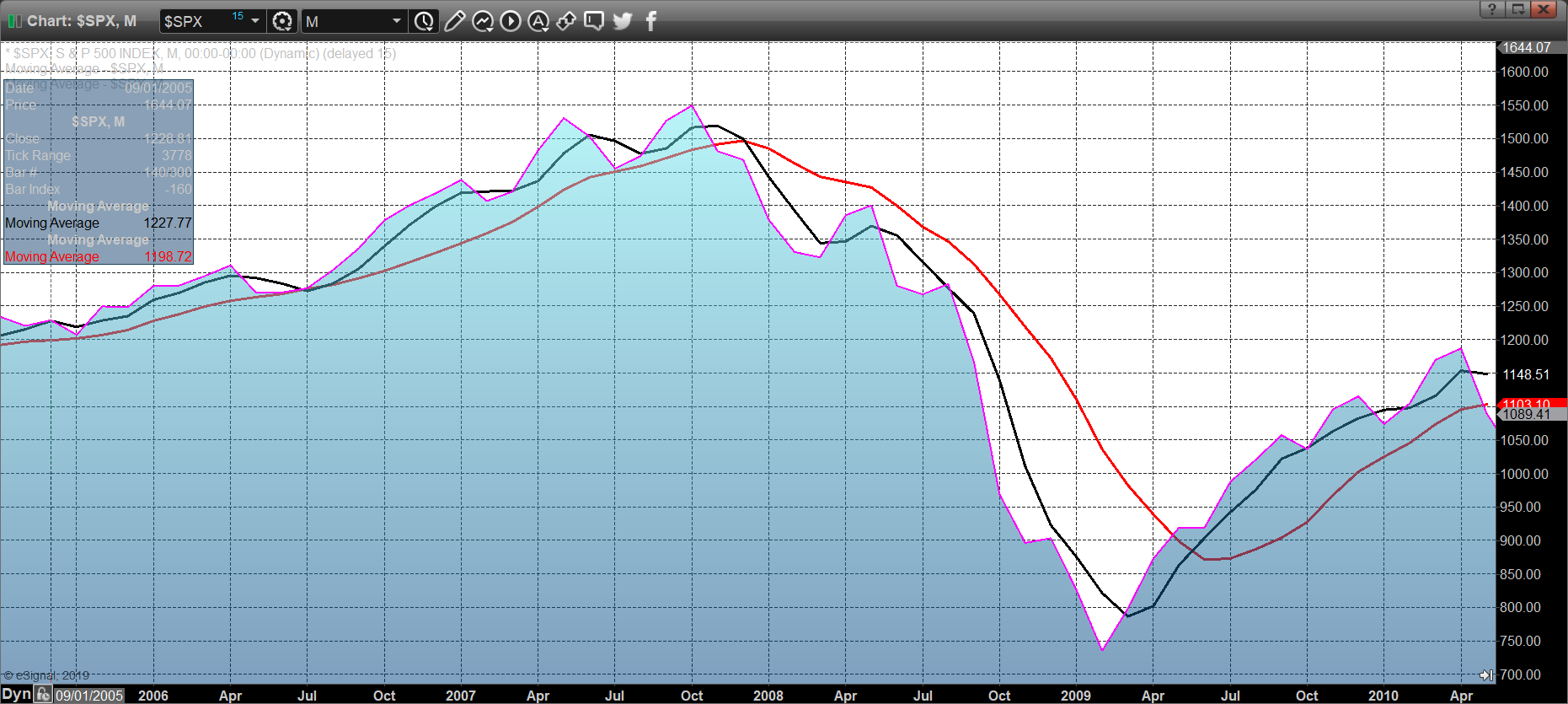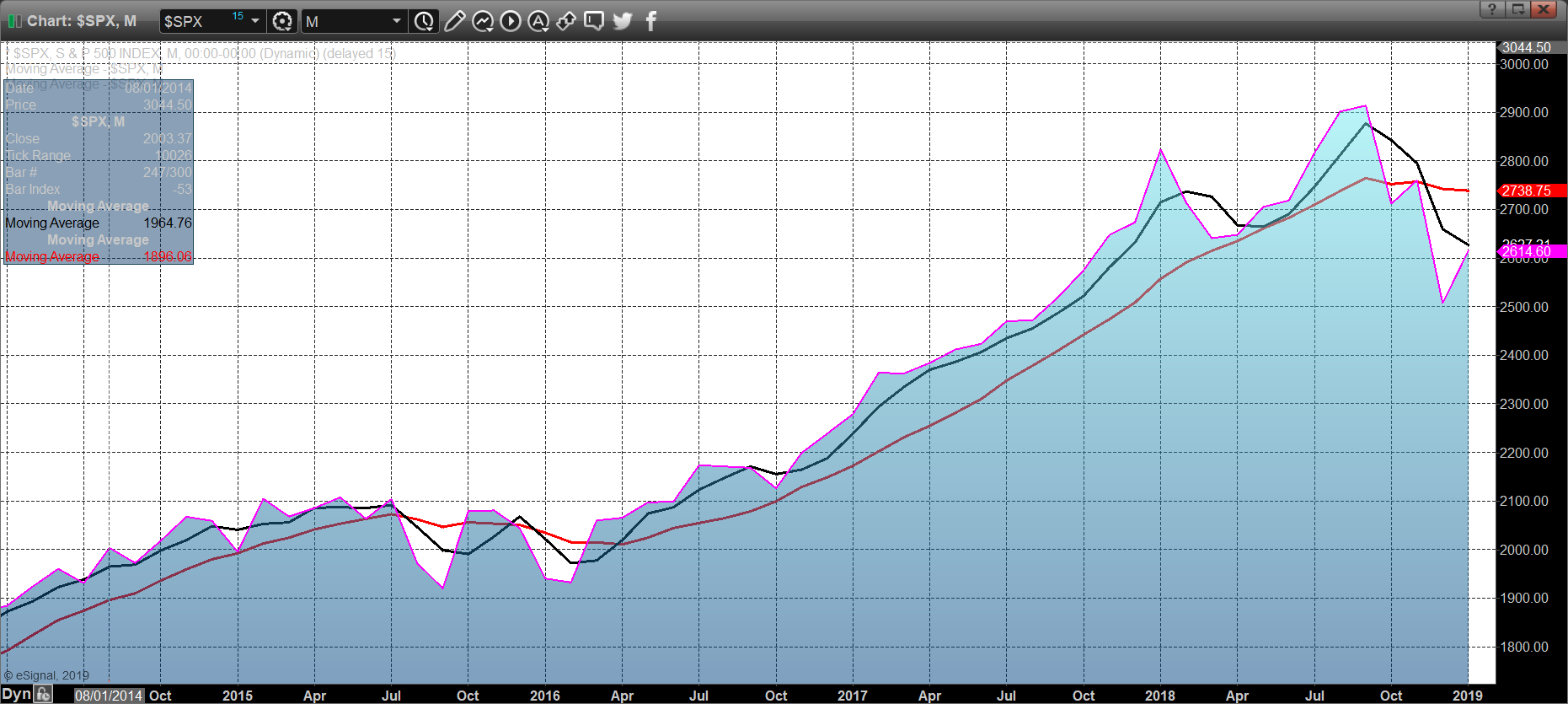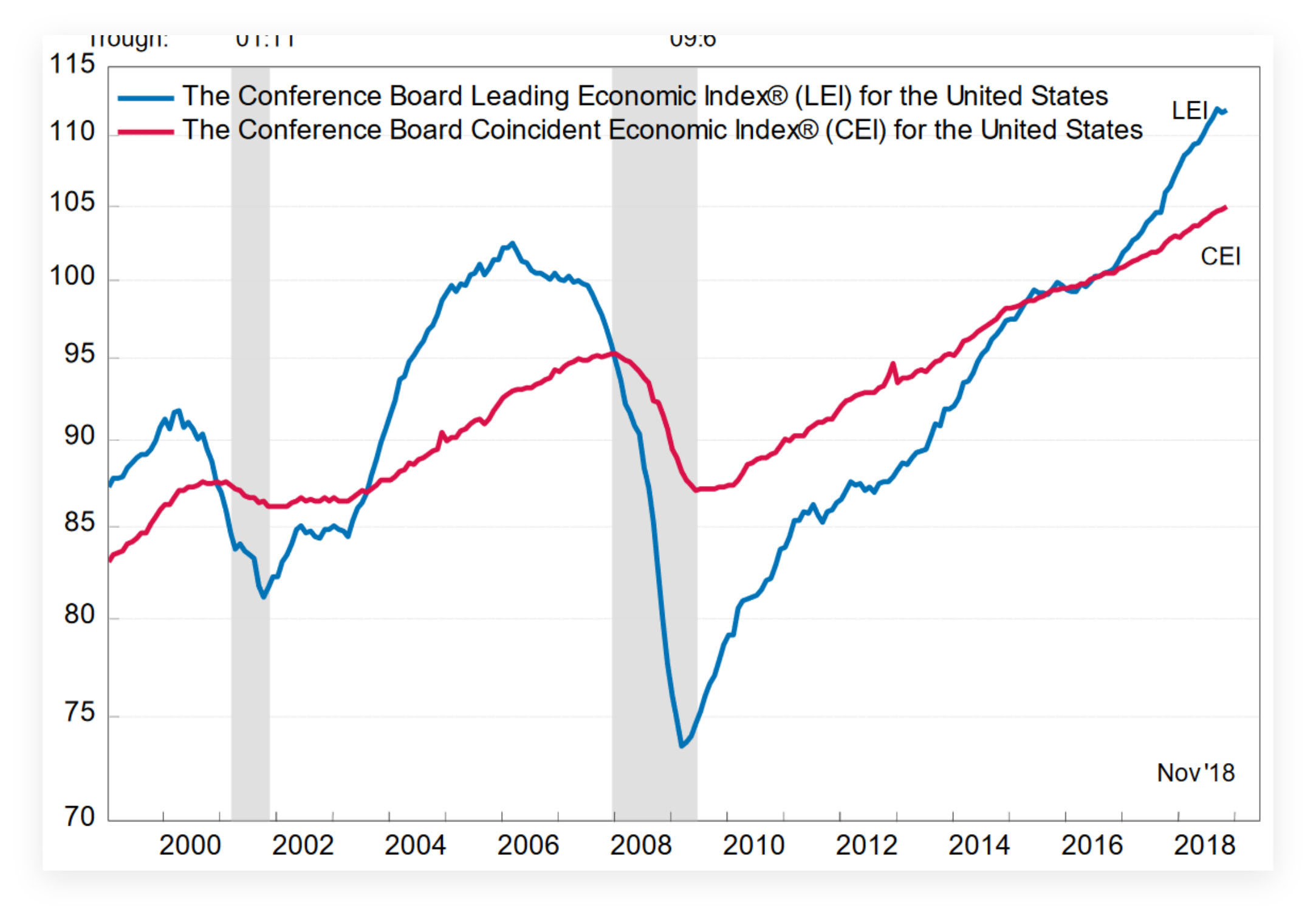
What's going on with the Stock Market?
For the stock market, last quarter was the roughest we’ve had in some time. The S&P 500 plunged 20% from its high in September 2018, with the Nasdaq and smaller stocks down even more. That’s enough to dismay the stoutest of hearts, and may leave you wondering if you shouldn’t head for the exits.
While I certainly believe in lowering stock exposure when the time is right, I don’t believe it’s the right time, and I will tell you why shortly. But before I do, bear with me for a brief stock market history lesson.
In Pennsylvania, we have four seasons annually. A full weather cycle isn’t complete until we’ve experienced all of them. In the investment markets, there are two seasons: bull markets (up) and bear markets (down). A full investment cycle isn’t complete without both of them. Unfortunately, we can no more repeal the business cycle any more than we can repeal the weather cycle.
There are different schools of thought on how to navigate these cycles. The most venerable school is buy and hold. It has definitely worked in America, although that isn’t the case with many other countries including Germany or Japan. I don’t have a problem with this philosophy for the very aggressive or those who have a lot of time on their side. On the other extreme, you have day trading. Personally, I believe trying to sidestep every little dip in the market is a fool’s errand. Splitting the difference is the school of thought called strategic asset allocation, which is the camp I find myself in. I believe that if the weight of evidence suggests that a massive move is underway, making some portfolio adjustments is a prudent response.
Let me use a weather analogy. Ann and I often try to host our children’s birthday parties outside. Naturally, we monitor the weather forecasts coming up to the event, and we come up with a backup plan if the weather looks rainy. If I was a buy and holder, we would keep the birthday party outside, rain or shine. If I was a day trader, we’d move the party inside as soon as there’s a 10% chance of rain. We don’t do either of those things. But, if there’s an 80% probability of rain, and the sky looks cloudy, we move the party indoors.
Since 1960, there have been 11 bear markets (defined as 20% loss or more). The worst bear markets occur in conjunction with a recession. They also last longer. The average loss is just under 40%, and lasts 17 months. Bear markets independent of recessions, on the other hand, have an average loss of 24%, but last just 5 months on average. While still painful, it is short-lived. In my opinion, the bear markets with a recession are the ones to look out for. Thankfully, they are also easier to spot.
There are many warnings before a market downturn occurs. One of the more effective ways is to use moving averages to determine when the trend is changing.Here you see a chart of the S&P 500 during the Great Recession in 2008. The black line is the 3-month average stock price, and the red line is the 9-month average of stock prices. When the black line crosses below the red line, it indicates the trend is down.When it crosses above the red line, the trend is starting up again.
Source: Interactive Data
As you can see, it did pretty well at catching the trend. Impressively, this system has caught every major downturn in US stock market history. Sounds great, doesn’t it? But, of course, there is a catch. Just like every other warning system out there, it often gives false signals. It can’t tell us how deep each plunge will be or how long it will last.
Here’s an example: In the summer of 2015, and again in the spring of 2016, this signal appeared. The problem is that by the time we got the sell signal, the market was already bottoming. If we had acted on it, we would have ended up selling out at the bottom and getting back in at a higher price. Just as soon as we got back in, we got another sell signal, with the same result. Since 2008 alone, there have 4 of these false signals.
Source: Interactive Data
As you can see at the right side of the chart, we got another sell signal in November using this system. It’s too early to tell if this is a false signal or not, but my hunch is that it is. Why? Because a recession isn’t on the horizon right now.
As I mentioned before, the bear markets we want to avoid are the ones with a recession attached.
Fortunately, there is a very accurate warning system to let us know when a recession is on its way. It’s called the Leading Economic Index®, and is published by the Conference Board (www.conference-board.org). Originally developed by Wesley Miller from the National Bureau of Economic Research (NBER) in the 1930s, it tracks ten vital economic statistics such as the yield curve, bank lending, new home building permits, and new orders for consumer goods and materials. It has never failed to give a warning about a recession. The lead time on average is 17 months. As you can see below, the Leading Economic Index® (blue line) began declining significantly prior to the onset of the last two recessions (gray areas).
Source: The Conference Board
The index was negative in October, but was positive again in November. One month’s dip does not make a trend change. Clearly, we are not in a recession just yet.
I’m not going to bore you with any more charts, but I also look at a number of other things like the unemployment rate and the flow of money into stocks or bonds. While not all the data is positive, the bulk of the indicators are.
Here’s the exciting thing for an investment nerd like me. When most of these indicators are negative, it’s a great time to lighten up on stocks. The false signals, while not eliminated, are reduced significantly. But, just as importantly, when these indicators are mostly positive, its pays to stay fully invested.
What’s the key factor behind the recent market turmoil? Trade negotiations with China. If that gets resolved, I’d expect the markets to melt up in short order. If, heaven forbid, an agreement isn’t reached and everything we import from China goes up 25% or more over night, I’d expect us to be in a recession by year end. While this is possible, I don’t think it likely. President Trump is a businessman and a negotiator. He knows how to get good deals, and he knows the consequences if he doesn't. I expect some sort of compromise to be reached.
Bottom line: I recommend hanging in there. Perhaps, even buying more.





